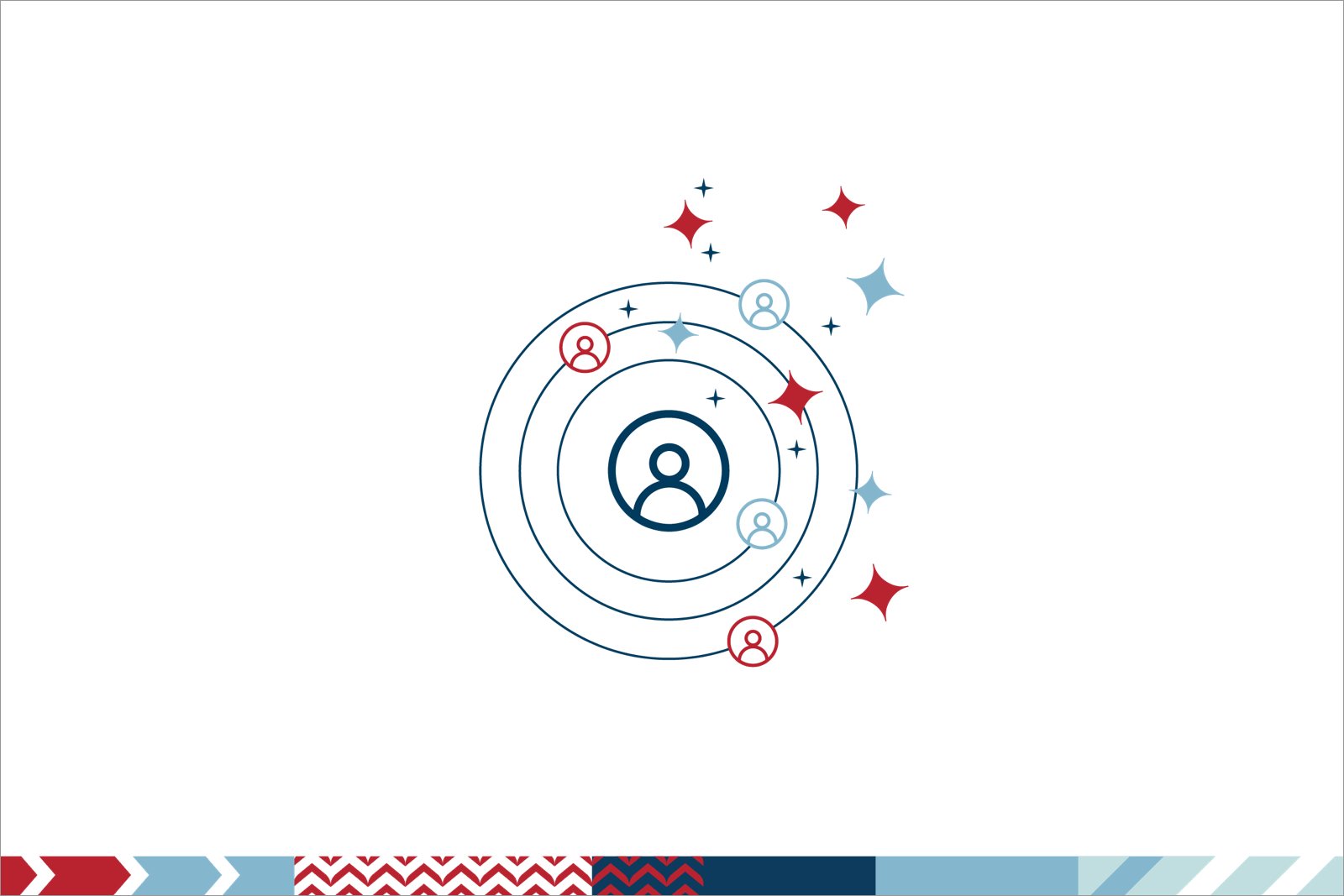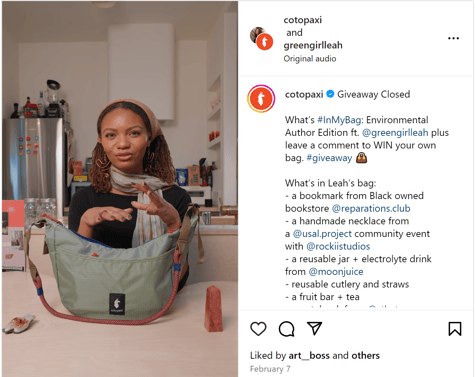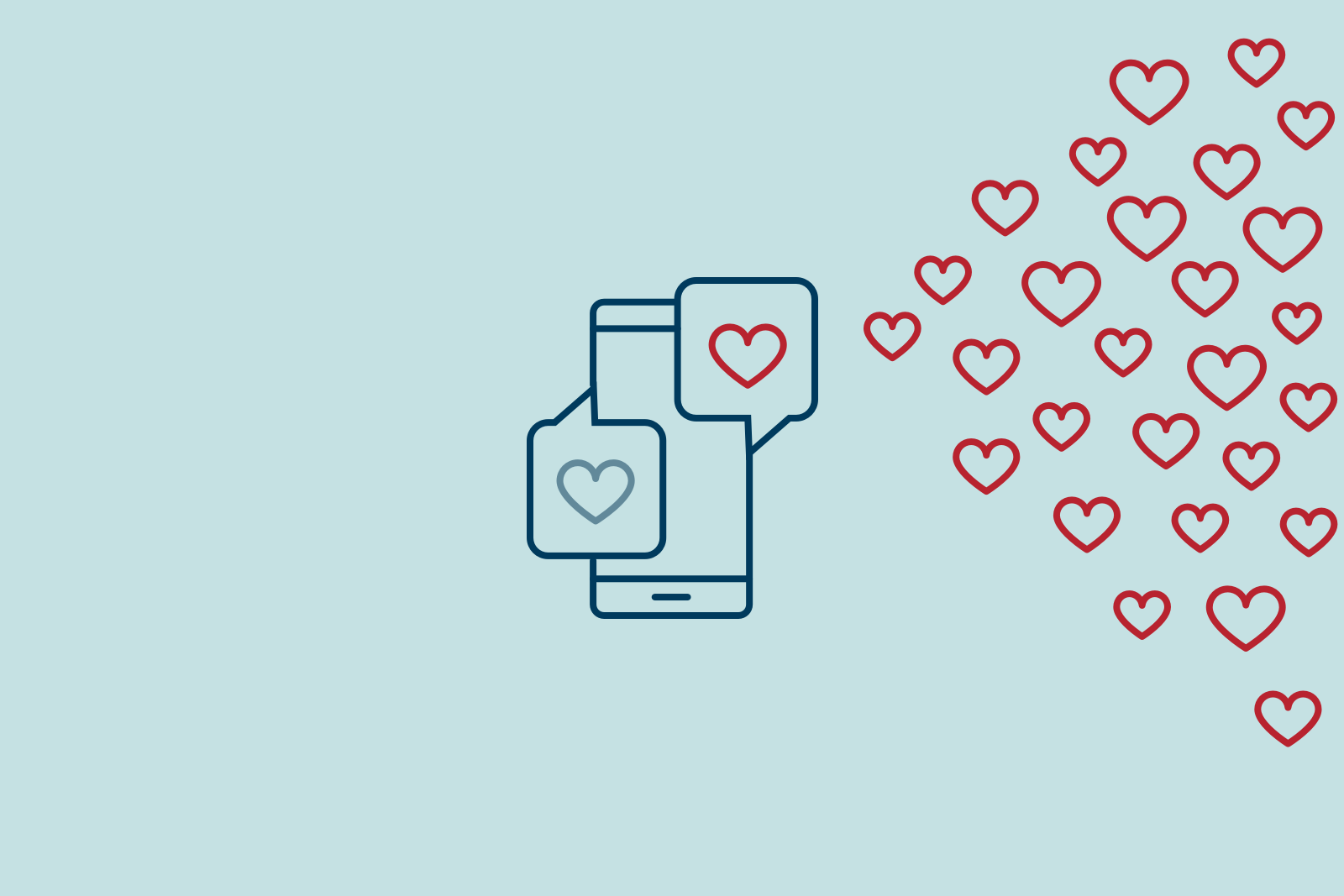Today's Magic Word: Influencer

Like it or not, influencers are here to stay.
Fueled by the growing numbers of Gen Zers entering the workforce and the resulting disposable income, the market for influencer marketing has grown steadily worldwide—from $1.7 billion in 2016 to $21.1 billion in 2023. That’s a 29% increase from the previous year.
One recent study found one-third of Gen Zers and one-quarter of millennials have made a purchase based on a recommendation from an influencer in the past three months.
Marketers are expected to invest in influencers even more heavily in coming years. The creator economy—which encompasses the efforts of influencers, podcasters, YouTubers, artists, and others who earn income through online content and engagement with their audience—is expected to be worth an estimated $500 billion by 2027, and 96% of it is yet to be tapped by marketers.
Let’s look at the trajectory of influencer marketing and how loyalty fits in.
Consumer habits and priorities steer influencer marketing
Social media is a shopping platform and search engine.
Businesses are expanding their investment in influencer marketing in tandem with social media becoming the go-to alternative to traditional search engines. In fact, 40% of Gen Z and millennial consumers now prefer TikTok and Instagram as search engines over Google. With trusted content creators offering product reviews and recommendations, 98% of customers plan to utilize social media for at least one purchase this year.
Consumers are savvy and skeptical.
Today’s social media users are inundated with an abundance of product promotions and brand partnerships from influencers and content creators. They’ve grown dubious of content and promotions from sources that have a financial stake in the product or service. The majority (86%) of consumers in a 2023 survey said they’re more likely to trust brands that post user-generated content—i.e., comments and reviews created by actual customers rather than contractually obligated influencers.
Sustainability is part of the conversation.
 Gen Z’s buying habits are a departure from excessive consumption to more intentional and sustainable purchasing. Thrifting and no-buy/low-buy periods are popular with a generation focused on mindful shopping. To build emotional connections with their target audiences, marketers are aligning influencer communications with consumer values. For example, Cotopaxi, a sustainable outdoor apparel brand, created a bag giveaway promotion that featured Leah Thomas, an author and advocate for environmental justice and one of the brand’s impact ambassadors.
Gen Z’s buying habits are a departure from excessive consumption to more intentional and sustainable purchasing. Thrifting and no-buy/low-buy periods are popular with a generation focused on mindful shopping. To build emotional connections with their target audiences, marketers are aligning influencer communications with consumer values. For example, Cotopaxi, a sustainable outdoor apparel brand, created a bag giveaway promotion that featured Leah Thomas, an author and advocate for environmental justice and one of the brand’s impact ambassadors.
The influencer landscape is changing
From curated content to authenticity.
As influencer marketing becomes a bigger part of everyone’s daily experience, consumer skepticism is growing, and trust in mega-influencers is decreasing. In recent years, celebrity influencers have been criticized for selling products they don’t use themselves or that don’t align with their brand or their values. When high-profile influencers are criticized—think the backlash Kim Kardashian received for the initial name of her shapewear brand or for selling weight-loss lollipops—it erodes the credibility of influencers overall.
From mega to micro.
As consumers grow more skeptical of major influencers, brands are shifting away from investing millions for one post with a major influencer to working with micro-influencers that promise authenticity and higher engagement.
Because they focus on a specific topic—e.g., food, travel, parenting, or fashion—micro-influencers allow brands to target a narrow audience that is already interested in and engaged with the subject, resulting in higher ROI. While fewer people see a micro-influencer's content, those who do are usually more invested. According to a recent study, while engagement rates dropped among big influencers, this wasn’t the case for most nano- and micro-influencers.
Their niche expertise means micro-influencers typically have higher engagement, more trust with their followers, and better conversion rates. Micro-influencers promote a sense of community and transparency often lacking with major influencers.
From one-off promotions to long-term partnerships.
Long-term partnerships that demonstrate the shared values between a brand and a creator are preferable to one-off promotions that can be viewed as opportunistic money grabs. Engaging in a long-term partnership with a major influencer—who is likely to have offers from many large brands—can be challenging and expensive, however. Micro-influencers offer opportunities for long-term partnerships with strong ROI for both the brand and the creator.
From influencing to deinfluencing.
With more than 584 million uses, the tag #deinfluencing is trending on TikTok. Like Facebook and Instagram, TikTok has become increasingly saturated with brands and monetized content. Pushback against increased branded content, coupled with a growing backlash against consumerism in general, is driving the trend.
What does this mean for loyalty?
Influencer marketing is bursting with opportunities to build loyalty and brand devotion, especially when focusing on data. During the enrollment and engagement experience, most loyalty programs capture volunteered personal data—e.g., usernames, contact methods, interests, and purchase history. But incorporating influencers in your marketing strategies can level up data resources to increase awareness, grow membership, and fuel program engagement. Data collaboration between influencers and brands can help identify trends among customers and predict customer purchase patterns, habits, and interests.
Influencer partnerships allow brands to capture first-party data, such as behavior and purchasing habits on the internet, in social media, and through email.
Data sharing and collaboration can enable and measure:
- Influencer promotion of loyalty programs and exclusive offers to drive membership and generate referrals.
- Conversion of loyalty program members into micro-influencers who build trust and community.
- Storytelling opportunities for influencers, such as money-saving hacks, loyalty program perks, and exclusive access to products and services.
The creator economy is positioned to drive increasing brand engagement and sales. Brands that understand the influencer landscape, and how to leverage it to build loyalty, will set themselves up for success in this rapidly evolving marketplace.
Lisa Girard is an analyst on the Data Analytics team and Rachel Klaven is an account director at The Lacek Group, a Minneapolis-based data-driven loyalty, experience, and customer engagement agency that has been delivering personalization at scale for its world-class clients for 30 years. The Lacek Group is an Ogilvy company.

